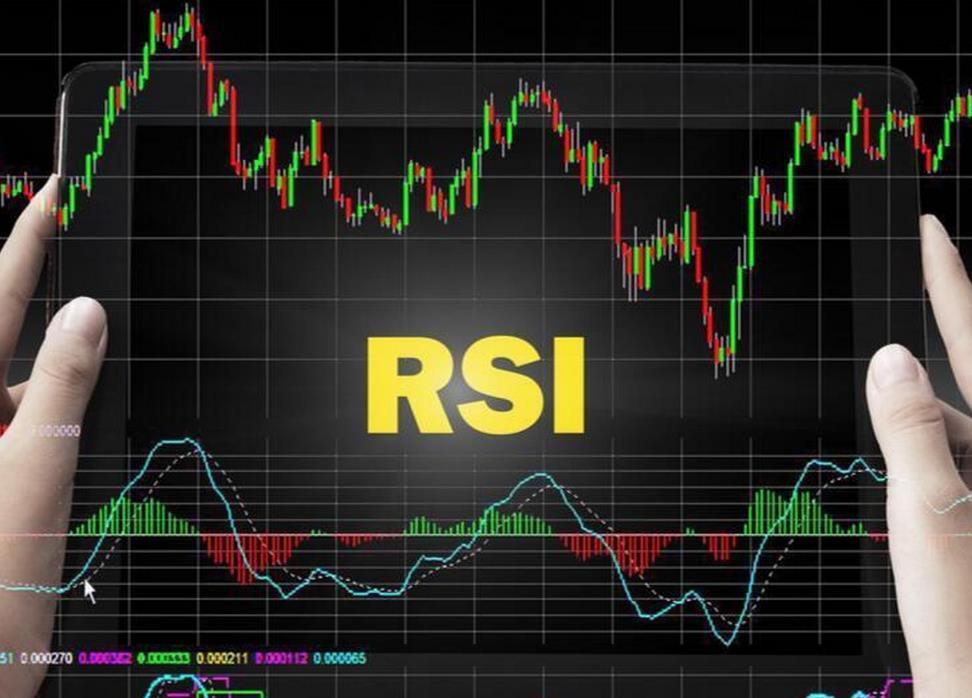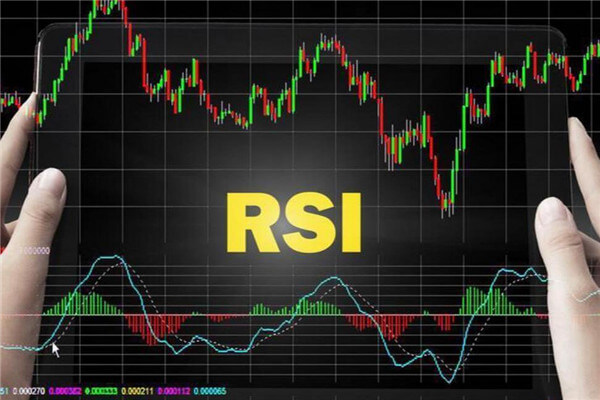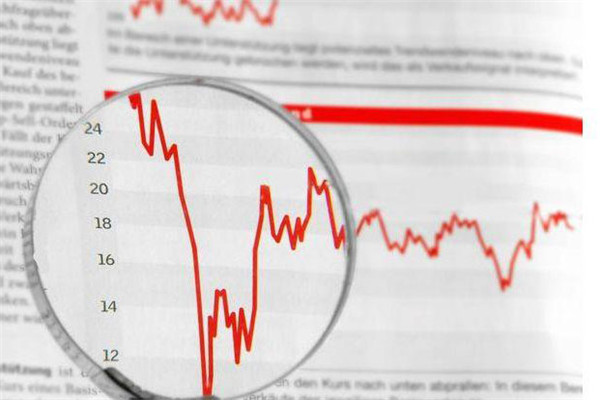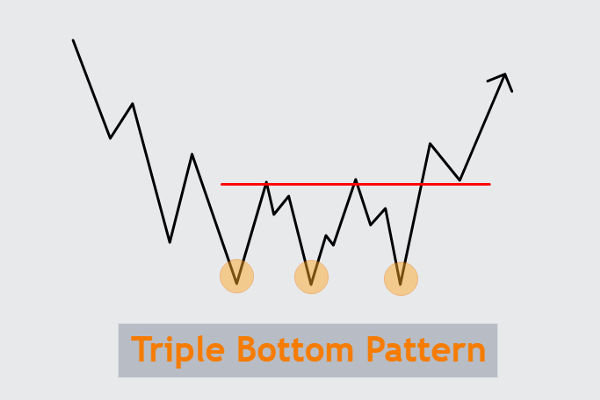Understanding and applying technical indicators is a very important aspect of
stock market investment. Among them, the bottom deviation of the RSI (relative
strength index) is a common but easily misunderstood phenomenon. This article
will explore in detail how to correctly understand the RSI bottom deviation and
how to apply this knowledge to make wise investment decisions.

Understanding the RSI Bottom Deviation
Firstly, clarify the basic concept of RSI. RSI is an indicator used to
measure the strength of Stock Prices. The larger the value, the stronger the
buyer's power, while the smaller the value, the stronger the seller's power.
Usually, when the RSI value is below 40, if there is a bottom deviation between
the RSI and the stock price, it is often a buying signal.
However, the question arises. When a stock is found to have a bottom
deviation in RSI, should it be the starting point for the institution to raise
the stock price, or is the institution ready to start shipping? This is a
crucial issue.
Determine the nature of the RSI bottom deviation
To correctly determine the nature of the RSI bottom deviation, it is
necessary to pay attention to two key factors: the high point of the bottom
deviation and the intention of the institution.
Bottom deviation usually manifests as a high point between two bottoms. This
high point is an important pressure level for stock prices. If the stock price
can break through this high point, then it may be a real increase. But if the
high point is not breached, it is likely to be just a rebound, not a real
rise.
The intention of the institution is also crucial. If institutions want to
drive up stock prices, they may appear at a time of bottom divergence, which
usually leads to subsequent increases. But once institutions want to ship, they
may also choose to ship after the bottom deviation, which will lead to
subsequent declines.
How to Use the RSI Bottom Deviation
Now, let's take a look at how to use the RSI bottom deviation to guide
investment decisions.
Nature of judgment: Firstly, when the RSI bottom deviates, analyze whether
the high point has been broken through. If the stock price can break through the
high point, then you can consider buying. But if the high point is not breached,
it is necessary to remain vigilant, as it may be a rebound rather than a real
rise.
Chasing up: If it is confirmed that the deviation from the RSI bottom is a
situation where the institution wants to drive up the stock price, it can
consider chasing up. Waiting for the stock price to break through the bottom and
deviate from the high point and adding positions at the appropriate time usually
results in a significant increase.
Escape from the top: If it is confirmed that the deviation from the RSI
bottom is a situation where the organization is preparing to ship, consideration
should be given to escaping from the top. Once the stock price cannot break
through the high point that deviates from the bottom, it is necessary to quickly
clear the position to avoid losses caused by subsequent declines.
Example analysis
To better understand how to use the RSI bottom deviation, let's take a look
at two examples.
Example 1: tesla rose after a divergence from the RSI bottom but did not
break through the high point and subsequently fell. It was wise to escape the
top.
Example 2: A stock rises after deviating from the RSI bottom and successfully
breaks through the high point, making it suitable for upward tracking
operations.
By correctly understanding and applying the RSI bottom deviation, one can
better guide their stock market investment decisions. But please remember that
any investment comes with risks, and no matter what indicators are used, always
be cautious and manage risks well.
Disclaimer: This material is for general information purposes only and is not intended as (and should not be considered to be) financial, investment or other advice on which reliance should be placed. No opinion given in the material constitutes a recommendation by EBC or the author that any particular investment, security, transaction or investment strategy is suitable for any specific person.



























